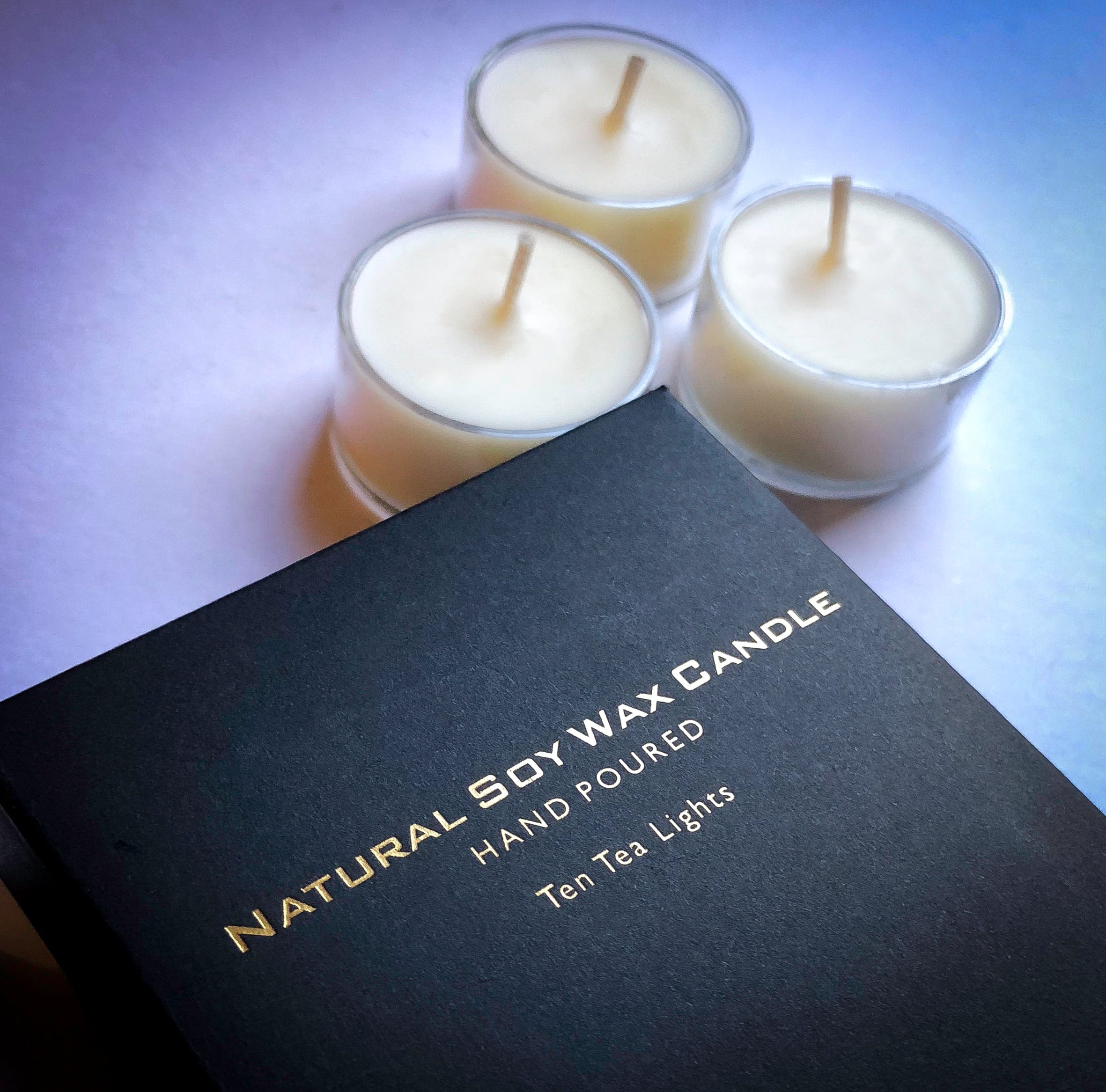Illuminate Your Environment with Crystal Soy Candles and Home Fragrance
Illuminate Your Environment with Crystal Soy Candles and Home Fragrance
Blog Article
From Wick to Wax: Comprehending the Chemistry Behind Soy Wax Candles and Their Ecological Effect
As we brighten our areas with the warm radiance of candles, there exists a realm of complex chemistry behind the seemingly basic act of lighting a soy wax candle. Join us as we untangle the scientific ins and outs behind soy wax candle lights and discover their implications on our atmosphere.
Soy Wax Vs. Paraffin Wax
When contrasting soy wax and paraffin wax for candle production, it is necessary to understand the distinct qualities and benefits of each material. Soy wax is a natural, renewable energy derived from soybean oil, making it environment-friendly and eco-friendly - crystal soy candles. In comparison, paraffin wax is a by-product of oil refining, which raises worries concerning its environmental influence and sustainability
Soy wax candle lights melt cleaner and produce much less residue compared to paraffin wax candle lights, making them a healthier choice for interior air quality. Furthermore, soy wax has a reduced melting factor, permitting a longer-lasting candle light that distributes scent a lot more efficiently. Paraffin wax, on the various other hand, has a tendency to shed faster and much less cleanly, potentially launching harmful chemicals right into the air.
From a sustainability perspective, soy wax is preferred for its biodegradability and eco-friendly sourcing, straightening with the expanding customer choice for environmentally mindful items. While paraffin wax has actually been a typical choice in candle light making due to its price and simplicity of use, the shift in the direction of environmentally friendly options like soy wax is acquiring energy in the sector.
Chemical Make-up of Soy Wax

Burning Process in Soy Candles
The chemical composition of soy wax straight affects the burning procedure in soy candles, influencing elements such as shed time, scent release, and ecological effect. When a soy candle is lit, the warm from the flame thaws the wax near the wick.
The combustion efficiency of soy candle lights is affected check by the pureness of the soy wax and the high quality of the wick. A clean-burning soy candle with a correctly sized Recommended Site wick will lessen and produce a constant flame soot development. This not only expands the melt time of the candle light yet also boosts the launch of scents. Additionally, soy wax candles have a reduced environmental influence contrasted to paraffin candle lights because of their eco-friendly and renewable nature.

Ecological Advantages of Soy Wax

Considered a lasting alternative to traditional paraffin wax, soy wax uses remarkable ecological benefits that make it a preferred choice amongst eco-conscious customers. One significant benefit of soy wax is its sustainable sourcing. Soy wax is obtained from soybean oil, which is mainly cultivated in the USA. The cultivation of soybeans assists support neighborhood farmers and minimizes the reliance on non-renewable fossil fuels utilized in paraffin wax manufacturing. Furthermore, soy wax is eco-friendly, suggesting it breaks down normally without launching unsafe toxins right into the setting. This characteristic makes soy wax candle lights a more environmentally friendly option compared to paraffin wax candle lights, which are made from oil, a non-renewable resource. Additionally, soy wax burns cleaner and generates less soot than paraffin wax, adding to better interior air high quality and minimizing the need for cleaning and upkeep. Generally, the ecological benefits of soy wax align with the growing demand for sustainable and eco-friendly items out there.
Recycling and Disposal Considerations
Recycling and correct disposal of soy wax candle lights play a crucial duty in maintaining ecological sustainability and lowering waste in families and areas. When it comes to reusing soy wax candles, the first step is to ensure that the candle has shed completely.

In terms of disposal, if recycling is not an option, soy wax candle lights are eco-friendly and can be safely gotten rid of in the majority of household waste systems. Nonetheless, it is constantly recommended to examine with regional recycling facilities or waste management solutions for specific guidelines on candle light disposal to make certain appropriate handling and environmental management.
Verdict
In final thought, the chemistry behind soy wax candles reveals their ecological benefits over paraffin wax candles. Soy wax, acquired from soybean oil, burns cleaner and produces much less soot when contrasted to paraffin wax. The combustion process in soy candle lights is much more reliable, causing a longer and a lot more also shed. Additionally, soy more helpful hints wax is eco-friendly and naturally degradable, making it a more lasting choice for candle production. Recycling and proper disposal of soy wax candle lights even more contribute to their ecological effect.
When comparing soy wax and paraffin wax for candle light making, it is necessary to recognize the distinctive characteristics and advantages of each material (crystal soy candles).Soy wax candle lights melt cleaner and release less soot contrasted to paraffin wax candles, making them a healthier choice for interior air quality.Thought about a lasting choice to typical paraffin wax, soy wax provides remarkable ecological advantages that make it a popular selection amongst eco-conscious consumers. Soy wax burns cleaner and produces much less residue than paraffin wax, contributing to far better interior air top quality and minimizing the need for cleaning and maintenance.In conclusion, the chemistry behind soy wax candles reveals their environmental advantages over paraffin wax candle lights
Report this page